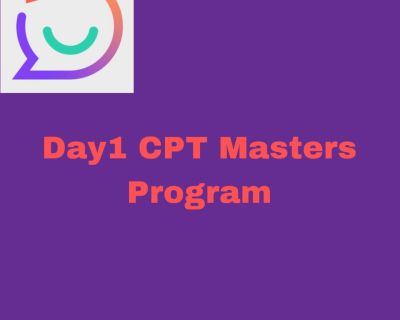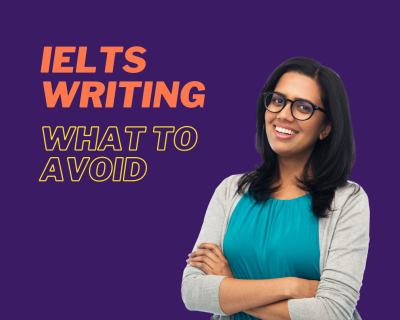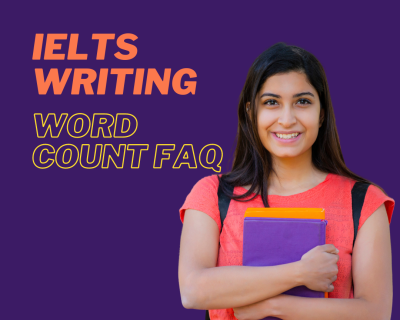Introduction
In the IELTS Reading Test, one of the challenging question types that test-takers often encounter is the True, False, and Not Given questions. These questions require careful reading and comprehension skills to determine the accuracy of statements presented in the reading passage.
In this article, we will explore effective strategies to approach True, False, and Not Given questions and provide practical tips to enhance your performance in this question type.
Before delving into the strategies, let’s quickly recap the format and scoring of the IELTS Reading Test. If you need a refresher, you can check out the overview of the IELTS Reading Test.
Understanding True False Not Given Questions
True False Not Given questions are designed to test your ability to identify information accurately from the reading passage.
Each question is accompanied by a statement, and you are required to determine whether the statement agrees with the information in the passage (True), contradicts the information in the passage (False), or whether the information in the passage is not mentioned at all (Not Given).
These questions demand careful attention to details, along with effective time management skills.
Strategies for True, False, and Not Given Questions
- Read the Instructions Carefully: Begin by reading the instructions and question carefully. Pay attention to keywords or phrases that signal the type of answer you need to provide. For example, words like “true,” “false,” “not mentioned,” or “not given” indicate the expected response.
- Skim the Passage: Before diving into the questions, take a quick skim of the entire passage. This technique helps you get a general idea of the main topic, structure, and organization of the text. Skimming also enables you to identify headings, subheadings, and topic sentences that can provide valuable clues for the True, False, and Not Given questions. To improve your skimming skills, consider incorporating skimming and scanning techniques into your reading practice.
- Focus on Keywords: Pay attention to keywords in both the statement and the passage. Look for synonyms or similar phrases in the statement and search for their corresponding counterparts in the passage. Underline or highlight relevant keywords to maintain clarity while answering the True, False, and Not Given questions.
- Identify Main Ideas and Details: True, False, and Not Given questions often revolve around main ideas and specific details presented in the passage. Develop your skills in identifying main ideas and details to recognize key information that relates to the statements given in the questions. This will assist you in evaluating the accuracy of the statements.
- Infer and Predict: In some cases, the answer to a True, False, or Not Given question may not be explicitly stated in the passage. To tackle such questions, use your inference and prediction skills. Combine the information you have gathered from the passage with your own background knowledge to make logical assumptions. Enhancing your abilities in inferences and predictions will be beneficial in these situations.
- Beware of Traps: The IELTS examiners often include distractors and misleading information to confuse test-takers. Be cautious of statements that seem similar but have subtle differences in meaning. Scrutinize the statements and compare them carefully with the information provided in the passage. It’s crucial to remain focused and not be swayed by misleading statements.
- Utilize Context Clues: When encountering unfamiliar vocabulary or complex terms in the passage, rely on context clues to understand their meaning. Developing vocabulary development skills will enable you to make educated guesses about the intended meaning of words and phrases, which can help you answer True, False, and Not Given questions accurately. If you struggle with difficult vocabulary topics, check out some tips on how to tackle difficult vocab topics.
- Differentiate Fact and Opinion: Differentiating between facts and opinions is crucial for answering True, False, and Not Given questions correctly. Facts are verifiable information, while opinions are subjective statements. Enhance your understanding of the difference between fact and opinion to accurately assess the validity of statements in relation to the information presented in the passage.
- Take Effective Notes: Efficient note-taking skills can be invaluable during the IELTS Reading Test. Jot down key points, keywords, and supporting details while reading the passage. These notes will serve as a helpful reference when answering True, False, and Not Given questions. Learn some useful note-taking skills to improve your ability to capture essential information.
- Manage Your Time: Time management is crucial in the IELTS Reading Test. Allocate a specific amount of time for each passage and stick to it. If you find yourself spending too much time on a single question, move on and return to it later if time permits. Learn some effective time management tips to optimize your performance in the exam.
Example Scenario
To illustrate the strategies mentioned above, let’s consider a sample True, False, and Not Given question along with a corresponding passage:
Question:
The author suggests that practicing skimming and scanning techniques can improve reading speed.
Passage Excerpt:
“Skimming and scanning techniques are valuable tools for enhancing reading speed. By quickly glancing through the text to grasp the main ideas and searching for specific keywords or phrases, readers can save time and still comprehend the essential information.”
Strategy Application:
To answer this question, we should focus on the statement and search for information in the passage that supports or contradicts it. In this case, the passage clearly supports the statement by stating that skimming and scanning techniques are valuable for improving reading speed. Therefore, the correct answer would be True.
Remember, practicing with a variety of passages and questions is crucial to familiarize yourself with different question types and refine your skills.
Conclusion
Mastering True False Not Given questions in the IELTS Reading Test requires a combination of effective reading strategies and critical thinking skills.
By following the strategies outlined in this article, such as careful reading, identifying keywords, inferring, and utilizing context clues, you can approach these questions with confidence. Remember to practice regularly and gradually apply these techniques to improve your accuracy and speed.
For more tips on enhancing your reading skills for the IELTS exam, check out our article on improving reading skills. Best of luck with your IELTS preparation, and may you achieve success on test day!
For more IELTS-related information and resources, you can visit our blog.
Remember, consistent practice, combined with effective strategies, will lead to improvement in your IELTS Reading Test performance. Stay focused, concentrate on understanding the passage, and apply the appropriate techniques to tackle True, False, and Not Given questions successfully.
Good luck with your IELTS preparation, and we hope you achieve your desired score!















